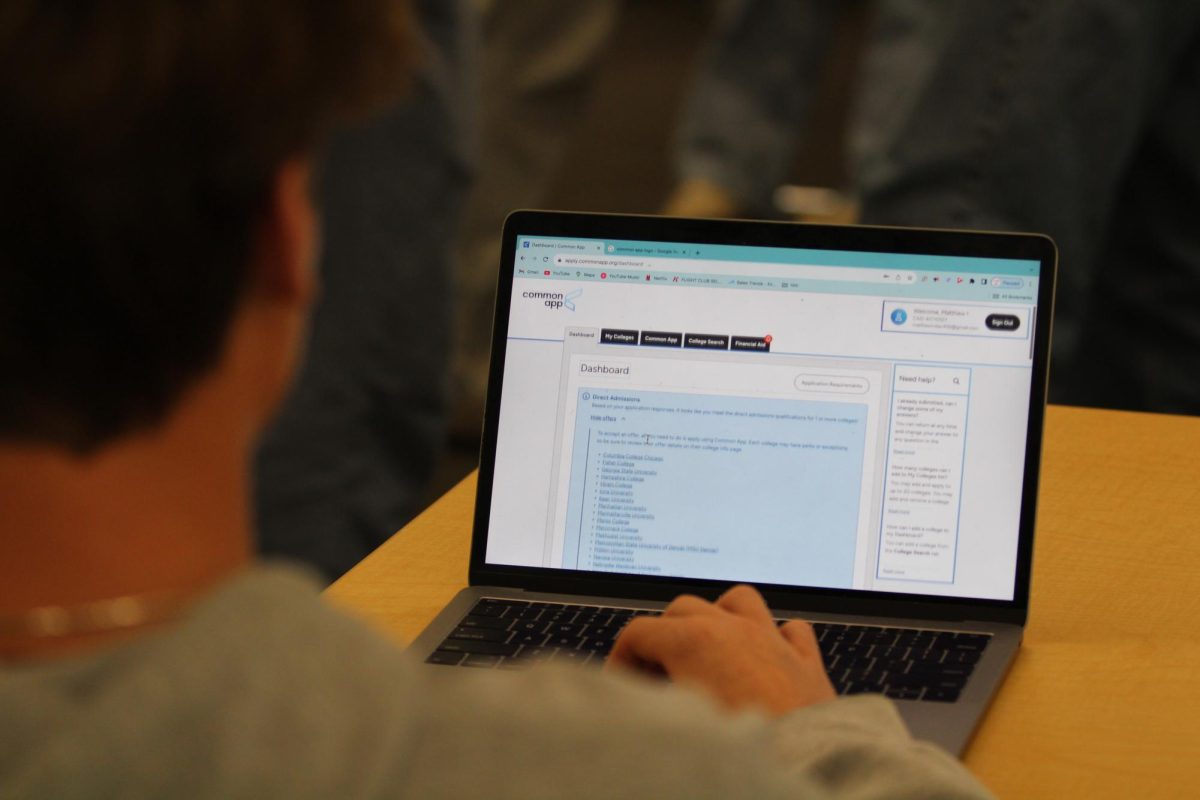Take a good look at that tuna sandwich you are about to eat — because you might want to make it your last.
High levels of mercury in seafood have always been a public issue, but a recent report from the Mercury Policy Project discovered that canned tuna contains even higher amounts of mercury than the FDA previously thought.

The report, titled Tuna Surprise: Mercury in School Lunches, advised children and teenagers to limit their light tuna consumption to once or twice a month and avoid albacore tuna altogether to keep their mercury intake at a safe level and avoid mercury poisoning.
Tuna is by far the largest source of U.S. children’s exposure to mercury, according to the report, and some children’s overall exposure is too high.
Tuna sandwiches account for about 22 percent of weekly sandwich sales in the Redwood cafeteria, according to Margan Holloway, director of Student Nutrition Services for Tamalpais Union High School District.
Long-term overexposure to the mercury found in fish can lead to methylmercury poisoning, which causes irreversible damage to the brain and nervous system and can lead to death. Those who are victims of methylmercury poisoning often experience blindness, deafness, uncontrollable shaking, and intellectual disability, according to the National Institute of Health. Large exposures can cause seizures, comas, and death.
“Tuna is a popular item,” Holloway said. “It’s kind of something everyone grew up eating as a kid, and it’s something that we can offer people who don’t eat meat but do eat fish.”
Holloway added that tuna is low in fat, high in protein and Omega-3, and is easy to prepare.
The report stated that teens should avoid eating white albacore tuna, as it was found to contain roughly triple the mercury content found in light tuna. The report also added that there is no particular nutritional benefit to eating albacore over light that can justify tripling one’s mercury intake.
The cafeteria uses “chunk” light tuna, which is safer than albacore but still contains relatively high amounts of mercury when compared to other seafood choices that have similar and sometimes greater nutritional benefits. According to the report, light tuna still contains roughly twice the amount of mercury found in crab, seven times the amount of mercury found in salmon, and 17 times the amount of mercury found in shrimp.
The report found that the brand of tuna did not seem to matter, as varying levels of mercury were found in each can tested. The tuna sandwiches and salads that are in the cafeteria are made with Empress brand tuna. The report found that the samples of Empress brand contained relatively the same amounts of mercury as samples from other brands.
Canned tuna is not the only concern. Recently a group of Terra Linda High School students teamed up with local seafood health awareness group Got Mercury to test the mercury content of local tuna. The mercury levels in the samples, which included tuna from various markets and a popular sushi bar, also exceeded the FDA safe dose.
The risk of methylmercury poisoning depends on how frequently tuna is consumed, according to the report, which showed that teenagers who eat tuna sandwiches weekly are typically consuming almost twice the safe dose of mercury, and teenagers who eat tuna daily are consuming more than four times the safe dose. Although such cases of very frequent tuna consumption are rare, the report said that kids should never be allowed to eat tuna every day. Holloway said that the cafeteria does not keep track of the frequency of purchases by individual students, so she was unable to say how often students and staff members are eating tuna.
“If a student chooses to eat tuna every day, I can’t monitor that,” Holloway said. “We serve between 200 and 250 meals a day. It’s highly unlikely that one student would be choosing tuna every day, but it is possible.”
Despite the freedom that Holloway gives students to make their own choices, she does advise that students make informed decisions about their food purchases. Holloway said that the fact that tuna may have high mercury contents should factor into students’ decisions.











